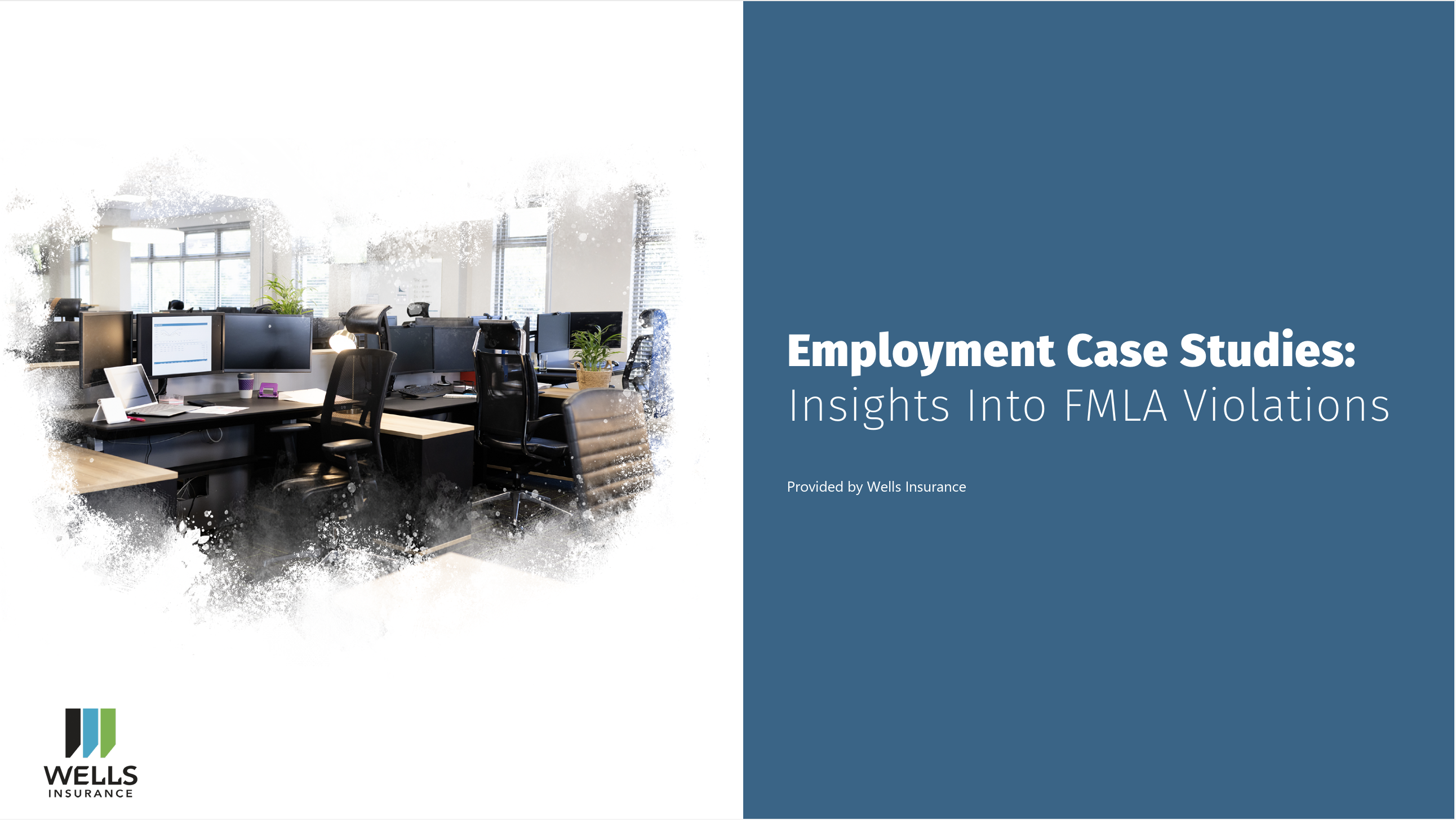What Businesses Need to Know About Nuclear Verdicts and Settlements: A Case Study

Nuclear Verdicts
Nuclear verdicts refer to exceptionally high jury awards, namely those exceeding $10 million. Similarly, nuclear settlements are payment agreements made between disputing parties outside the courtroom that are either larger than $10 million or consist of more substantial noneconomic damages (e.g., pain and suffering) than economic damages (e.g., medical bills and lost income). Such losses have become increasingly common in recent years. In fact, the National Law Journal reported that the average jury award among the top 100 U.S. verdicts has more than tripled since 2015, skyrocketing to over $200 million. Additionally, the latest research found that average and median settlements have risen by at least 65% and 70%, respectively, over the past decade.
Various factors have contributed to these trends, including rising litigation funding, eroding tort reform and, above all, deteriorating public sentiment toward businesses. Amid growing corporate distrust, businesses have not only been expected to meet higher standards in their operations but have also been held more accountable for their wrongdoings. Upon being sued and taken to court, businesses have frequently encountered juries that are sympathetic to plaintiffs, making them more susceptible to nuclear verdicts. Even when businesses opt to handle lawsuits out of court, plaintiffs’ lawyers have been able to leverage the precedent of large-scale verdicts to secure nuclear settlements. Compounding these issues, there’s a rising perception that businesses (especially large ones) can always afford the cost of damages, driving up associated awards.
Nuclear verdicts and settlements can carry significant consequences for businesses of all sizes and sectors, causing lasting reputational harm, posing underinsurance concerns and wreaking major financial havoc. That’s why it’s vital for businesses to better understand these losses and how to prevent them. This case study summarizes a recent nuclear settlement, outlines factors that led to the loss, highlights associated compliance considerations and provides related risk mitigation measures.
Case Details
In July 2024, the California Civil Rights Department (CRD) and global technology company Microsoft reached a proposed settlement agreement to resolve a multiyear investigation following various allegations against the company regarding unfair employment practices. The CRD’s investigation, which was launched in 2020 and reviewed Microsoft’s employment practices dating back to 2017, revealed that employees who took protected leave from one of the company’s California-based offices for pregnancy, a disability, or other family and medical reasons experienced various job-related consequences.
In particular, employees who took such leave faced adverse working conditions in the form of lower monetary bonuses and unfavorable performance reviews. These conditions went on to harm the impacted employees’ eligibility for a range of professional opportunities, including merit increases, stock awards and promotions. Because women and individuals with disabilities were the most prevalent demographics represented among the employees who took protected leave, the CRD’s investigation concluded that the adverse working conditions these groups encountered altered their career trajectories and ultimately set them back when compared to their peers.
“Whether it’s to look after a newborn child or take care of your own health, workers generally have the right to take time off without worrying about consequences at work,” CRD Director Kevin Kish said. “By allegedly penalizing employees for taking protected forms of leave, Microsoft failed to support workers when they needed to care for themselves or their families.”
Altogether, the CRD’s investigation determined that Microsoft neglected to acknowledge the core principles of protected leave and didn’t take reasonable steps to safeguard their employees, particularly those belonging to certain demographics, from an unfavorable work environment. Upon court approval, the proposed settlement agreement orders the company to pay $14.2 million in direct relief to the affected employees and $225,000 to the CRD as reimbursement for their investigation and enforcement efforts, representing a total settlement of approximately $14.4 million. The settlement also requires Microsoft to implement a series of proactive measures to help minimize similar incidents going forward, such as coordinating with an independent consultant to promote inclusive workplace policies, training managers and supervisors on these policies, educating employees on how to file complaints regarding unfair employment practices, and setting up reporting and processing protocols for these complaints.
Factors that lead to the verdict
Employment discrimination
The U.S. Equal Employment Opportunity Commission (EEOC) defines employment discrimination as treating a worker or job applicant differently or less favorably due to a protected characteristic, such as race, color, religion, sex (including pregnancy, gender identity and sexual orientation), national origin, disability, age or genetic information. Examples of employment discrimination include disparate treatment, harassment and failure to make reasonable workplace accommodations. As it pertains to this case, Microsoft allowing employees among specific demographics who took protected leave to experience career setbacks constitutes employment discrimination.
Retaliation
The EEOC defines retaliation as punishing, harassing or otherwise treating an employee differently for exercising their workplace rights. In most instances, retaliation occurs in response to a worker filing a complaint or lawsuit against their employer. Nevertheless, in this case, retaliation took place when Microsoft provided employees with reduced bonus compensation, issued poor performance reviews, and eliminated certain professional opportunities as a direct result of their taking protected leave.
Compliance Considerations
This nuclear settlement also poses some compliance considerations related to protected leave, discrimination and retaliation. Specifically, this case emphasizes the importance of meeting the following state and federal requirements:
The Family Leave and Medical Act (FMLA) and the California Family Rights Act (CFRA)—The FMLA is a federal law that requires private employers with 50 or more workers and all public agencies to provide eligible employees with up to 12 weeks of unpaid leave for the birth, adoption or placement of a child; to recover from a medical condition; or to care for an immediate family member with a health problem. This leave is protected, which means that employees are entitled to resume their same job or an equivalent position when they return to work. The CFRA requires California-based employers with five or more employees to provide the same type and amount of protected leave as the FMLA. Such leave can also be granted under the CFRA for additional reasons, such as caring for a registered domestic partner, grandparent, grandchild, sibling and child of any age.
Title VII of the Civil Rights Act of 1964 (Title VII) and the Fair Employment Housing Act (FEHA)—Title VII is a federal law that prohibits private employers with 15 or more workers and all public agencies from discriminating against employees and job applicants based on the previously mentioned protected characteristics. Illegal discrimination under Title VII includes any adverse employment action that is motivated by an individual’s protected characteristic. Title VII also restricts covered employers from retaliating against employees who assert their workplace rights or make formal or informal complaints regarding illegal discrimination. The FEHA is a state-specific law that prohibits California-based labor organizations, employment agencies, and public and private employers with five or more workers from discriminating or retaliating against employees, job applicants, unpaid interns and volunteers, and contractors based on the same protected characteristics. Under the FEHA, however, harassment is illegal across all workplaces, even for employers with less than five employees.
The Americans with Disabilities Act (ADA)—The ADA is a federal law that prohibits private employers with 15 or more workers and all public agencies from discriminating against employees and job applicants with disabilities in all employment practices, such as recruitment, compensation, hiring and firing, job assignments, training, leave and benefits. Under this law, covered employers must provide reasonable accommodations to eligible individuals with disabilities unless doing so would impose an undue hardship on their business operations.
Risk Mitigation Measures
Minimize discrimination and retaliation exposures.
Businesses should take various steps to limit the likelihood of discrimination and retaliation incidents among their employees. These may include:
- Establishing an employee handbook that includes appropriate policies and detailed language on discrimination and retaliation
- Promoting diversity, acceptance and inclusion in the workplace through employee training
- Encouraging employees to report all instances of discrimination and retaliation
- Taking all reports of discrimination and retaliation seriously by following documented investigation and response protocols
- Educating managers and supervisors on what constitutes retaliation and making it clear that such behavior is prohibited
- Documenting all complaints, evaluations and situations that result in an employee’s termination
Ensure compliance.
Workplace policies should be regularly assessed to maintain compliance with fair employment laws and any other applicable federal, state and local regulations. Businesses can consult legal counsel for additional compliance assistance.
Secure proper coverage.
In this increasingly litigious environment, it’s crucial for businesses to purchase adequate insurance. Employers can reach out to trusted insurance professionals to discuss specific coverage needs.
This article is not intended to be exhaustive nor should any discussion or opinions be construed as legal advice. Readers should contact legal counsel or an insurance professional for appropriate advice. © 2024 Zywave, Inc. All rights reserved. Used with permission.



